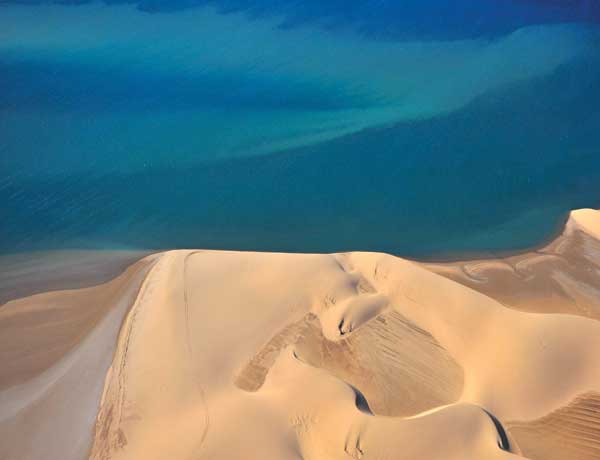
Namibia to conserve Albatrosses and Petrels
March 14, 2016
CYMOT Ultimate Adventure Competition
March 29, 2016- The best time to visit the capital and surroundings is between May and September, when it is cool and dry. In the rainy season from November to March it is hot and somewhat humid, sometimes with heavy rains. December to January is the main school holiday season in Namibia, when much of the population heads to the coast, and some of the smaller shops and restaurants in the interior might be closed.
- If you’re visiting southern Namibia and the desert areas surrounding Sossusvlei, it is best to avoid the summer months, as temperatures can be extreme. The period between May and September is generally better and more comfortable for visiting, but keep in mind that in winter, especially at night, it can be cold.
- The climate at Lüderitz and the southern coast is hospitable from February to May, but quite cool and misty year-round, and particularly windy in August.
- From October to March is the best time to go to the coastal areas of Swakopmund, Walvis Bay and Henties Bay, as the weather is pleasant compared to the hot interior. When the dry easterly winds blow, however, it can also be very hot.
- The northern Skeleton Coast has much the same moderate weather, with mist, wind and very little or no rain all year round. For fishing enthusiasts, this area is best visited between November and March.
- In Kaokoland, the best time to visit is from May to August, as it is dry and cool. The summer months bring extremely high temperatures and occasionally flash floods, as most rain falls between January and March.
- The best time to visit Etosha is from April to September when the temperatures are tolerably cool, especially at night. This is also the best time for game viewing, as many animals gather at the waterholes to drink. For bird-watching, on the other hand, summer is the best time to visit, as migratory birds flock into the park after the summer rains.
- The summer months are hot and humid in the northern regions of Kavango and Zambezi, but this is also the best time for bird-watching. Rains and seasonal flooding might make it difficult to travel here, as some of the roads might be inaccessible. It is advised to check the condition of the roads before embarking on a trip. The winter months from April to October are the best time to travel to the Zambezi Region for game viewing, as it is much cooler and drier then, with practically no rain.
- April and May are pleasant months in Namibia. This is usually when the last rains of the season fall, the air is fresh and free of dust, and the land is green, vibrant and full of new life.
- During the winter months from June to August the country cools down and nights can become quite cold. As it becomes drier, game migrates to the waterholes, and is easier to spot.
- By September and October it warms up again and game viewing in most areas is at its best, although there’s often a lot of dust around and the vegetation has lost its vibrancy.
- November is a highly variable month. Sometimes the hot, dry weather will continue, at other times it might be humid, the sky will fill with clouds, and the first thunderstorms and rains might occur.

Photo ©Paul van Schalkwyk

Photo ©Paul van Schalkwyk

Photo ©Paul van Schalkwyk



2 Comments
Morning.
I’d like to know what the top 50 attractions are in Namibia. I’m planning a trip in the next year. I have been there twice but think that we might have missed some places. Thanks
Hi Werner,
Thanks for the comment. We have conveniently created a bucket-list of the 100 sights and experiences you have to tick off on your trip through Namibia.
Have a look: The Ultimate Namibian Bucket-List.